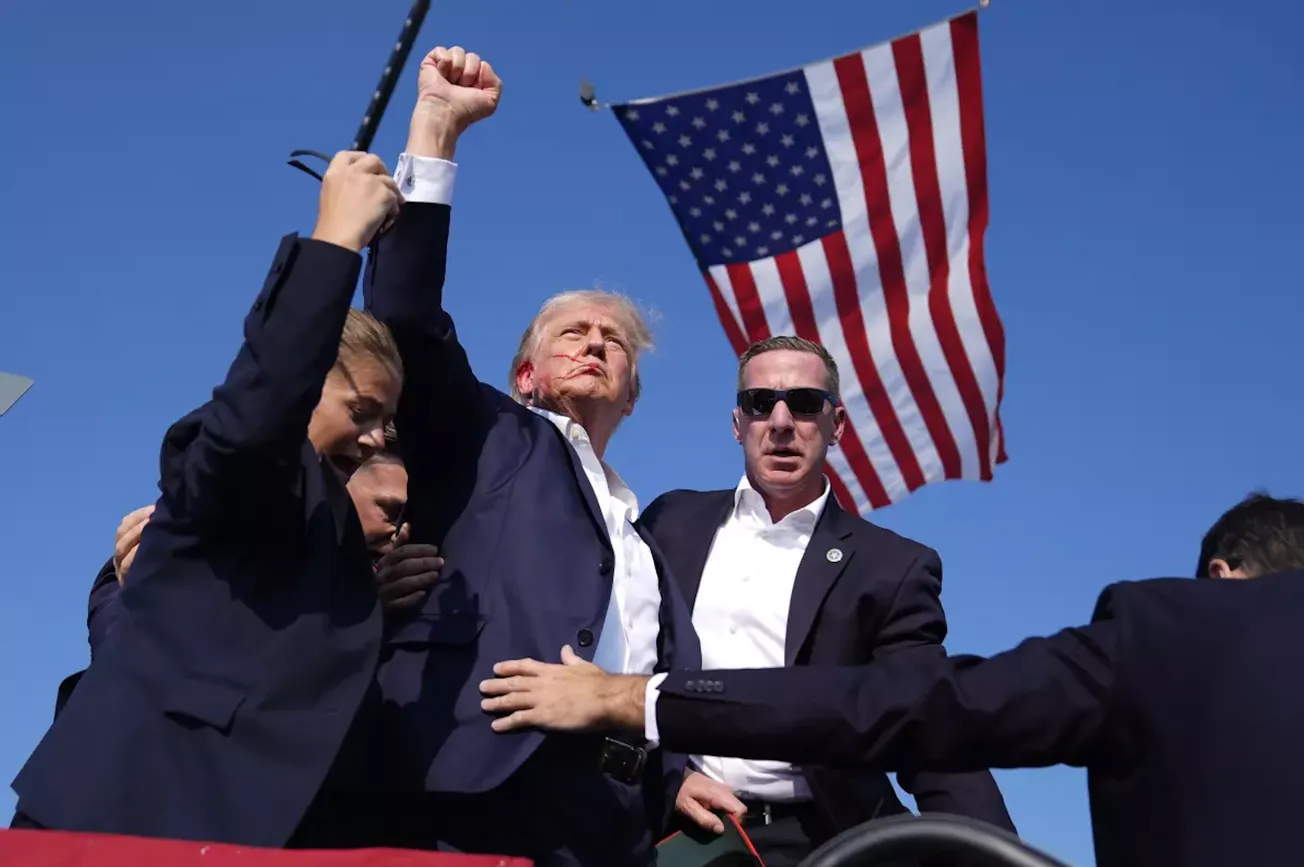Table of Contents
American universities are bad at disclosing foreign funding from China, and Stanford is no exception. The University has received over $64 million from anonymous Chinese donors since 2010. Only a small percentage of these donations have been publicly reported to the Department of Education, despite a requirement under Section 117 of the Higher Education Act which requires universities to report all foreign gifts with a value above $250,000.
A quick database search on the Department of Education’s website shows that Stanford has only reported a total of seven Chinese donations, totaling $3.5 million, over the past decade. The donors’ names aren’t even included in the disclosures, making them essentially useless for figuring out whether the donations are compromising or involve potential conflicts of interest.
In the midst of rising geopolitical tensions with China, Stanford administrators should revisit their opaque stance on foreign donations and publicly name all Chinese nationals that have given money to the University.
Universities are a key target of Chinese attempts to compromise American institutions. Stanford is especially vulnerable to espionage, given its focus on mission-critical knowledge in artificial intelligence and advanced engineering. China already has a track record of using foreign donations to American universities as a way to buy influence, and continued obfuscation of Chinese donors’ identities is making it harder to determine whether such attempts have occurred at Stanford.
Numerous authoritarian and undemocratic foreign nations fund American higher education, but Chinese capital is especially pernicious. While accepting money from Saudi Arabia or Qatar can cause ethical dilemmas for universities, these nations do not have the long-term ambition to disrupt the international rules-based order that China seems to have.
Chinese funding of the American higher education system has been used to infiltrate sensitive research initiatives, and the US Senate has found that Chinese money comes with strings attached.
Rather than trying to fund research for the sake of scientific discovery and innovation, the funding that China deploys to American universities is used to accomplish long-term strategic objectives that pose significant national security concerns.
China’s theft of intellectual property from the higher education system is unmatched in both scale and sophistication. Through the Thousand Talents Program, China has provided grants, research funding, and other financial incentives to American faculty working on science and engineering research projects. In return, knowledge gained from these initiatives is transmitted back to China and helps to bolster China’s proficiency in advanced technology.
Moreover, China excels at blurring the lines between the intentions of its civilian population and the intentions of the People’s Liberation Army (PLA) and Chinese Communist Party (CCP).
Sometimes, even seemingly well-meaning donors can have party connections and ulterior motives. For example, the China-United States Exchange Foundation, founded by Chinese billionaire megadonor Tung Chee-hwa, helped fund Johns Hopkins’ School of Advanced International Studies and claims that it “builds platforms to encourage constructive dialogue and diverse exchanges between the people of the US and China.” In reality, Chee-hwa occupies a powerful position on one of the CCP’s most important committees.
Of all major powers, China poses the greatest geopolitical risk to the United States and competes with American interests in virtually every domain, from space to semiconductors. Greater transparency regarding foreign donations to universities is by no means a panacea for addressing the China challenge, but it is an important step nonetheless.
Recent projects at Stanford have been tight-lipped about their exposure to foreign influence. One example is Stanford’s flagship AI initiative, the Institute for Human-Centered Artificial Intelligence (HAI). The HAI website claims that “a list of HAI corporate, institutional, and individual donors will be published annually,” but so far, no such disclosures have been made since HAI launched in early 2019. If Chinese donors are helping to fund the HAI, the Stanford community deserves to know to what extent and why.
The issue of foreign donations to American universities is quickly growing in importance. The bipartisan consensus in Washington around competition with China is stronger than ever, and Congress is taking aim at universities’ foreign relationships. Recently, the Senate voted to advance the Strategic Competition Act, a bill that would give the federal Committee on Foreign Investment in the United States (CFIUS) the authority to review and recommend blocking gifts to foreign universities above $1 million that pose national security concerns, such as research funding for advanced engineering projects. This is a major step in the right direction, but universities themselves must be more transparent.
One commonly floated counterargument to disclosing foreign donors is that greater transparency could lead to lower rates of giving, especially since some donors intentionally remain anonymous to avoid attention. Some would rather donate in other nations than wait for the results of a US government review. This is a valid claim, and disclosing the sources of all foreign donations could indeed be financially counterproductive for Stanford. However, the alternative is far worse: large sums of foreign money, particularly from China, would continue entering American universities without adequate reporting and tracking of where they are being used. If some foreign donors are skittish about having their names disclosed and this results in a lower fundraising haul for Stanford, that is a small price to pay for greater transparency, especially at a time when the US is struggling to outcompete China.
America’s universities should serve the national interest, and self-reporting the identities and motivations of Chinese donors should be regarded as patriotic by Stanford. Now is the time to set a national example for other universities and reframe the University’s relationship with China. Disclosing sources of foreign funding should be the first and most consequential step along this path. Stanford students, affiliates, and faculty deserve to know why China is spending so much money on Stanford, and where it is going.








